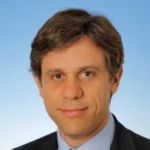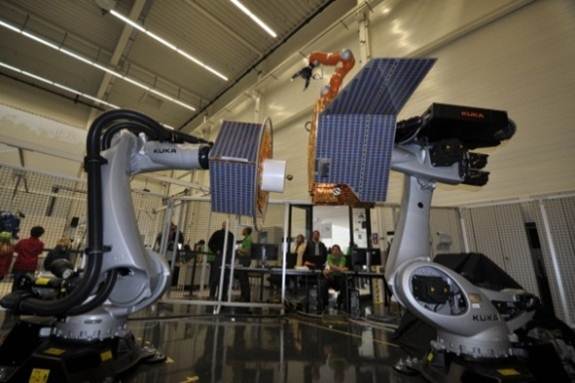WHEN: Tuesday, May 31, 16:30
WHERE: At X Laboratory (RDM, G2)
PART OF: RDX Entrepreneurs Club, X-Lectures
Part-1: Technological Trends in Orbital Robotics at the DLR
Orbital robotics is an emerging field, in which both the public and private sectors worldwide are intensifying related activities in On-Orbit Servicing, Active Debris Removal and on-orbit assembly of large space structures. A newer application example in the realm of orbital robotics is that of intravehicular activities within a space station, to support astronauts, or, in the long term, to fulfill maintenance operations. Robotics itself is a very broad discipline and the orbital environment presents particular challenges, which my institute has been addressing for over two decades. As such, after briefly introducing the field, I will focus in this talk on some recent developments in robot technologies at the institute. This more technology-oriented discussion, will provide an overview of some current and future trends within the orbital robotics sector.
Part-2: Towards Generalizable Autonomy in On-Orbit Operations
As the amount of orbital debris grows so too does the need for on-orbit repair and deorbit solutions to avoid cascading Kessler syndrome. While a number of options have been proposed for capturing defunct satellites and other high-value debris, methods for performing close-proximity rendezvous with these objects are also necessary. However, a significant portion of these objects are tumbling with unknown angular orientation and rate; the rendezvous procedure for these tumbling objects is complex and must be performed in real-time, precluding human teleoperation or offline, on-the ground solutions. Therefore, autonomous rendezvous for these tumbling targets is highly desirable. A series of autonomous functionalities will be presented, including state estimation of the target motion, as well as motion planning and robust tracking control of the robotic spacecraft. A fully autonomous rendezvous pipeline was recently demonstrated in microgravity on resource-constrained hardware on the ISS.
BIO: The Speaker


